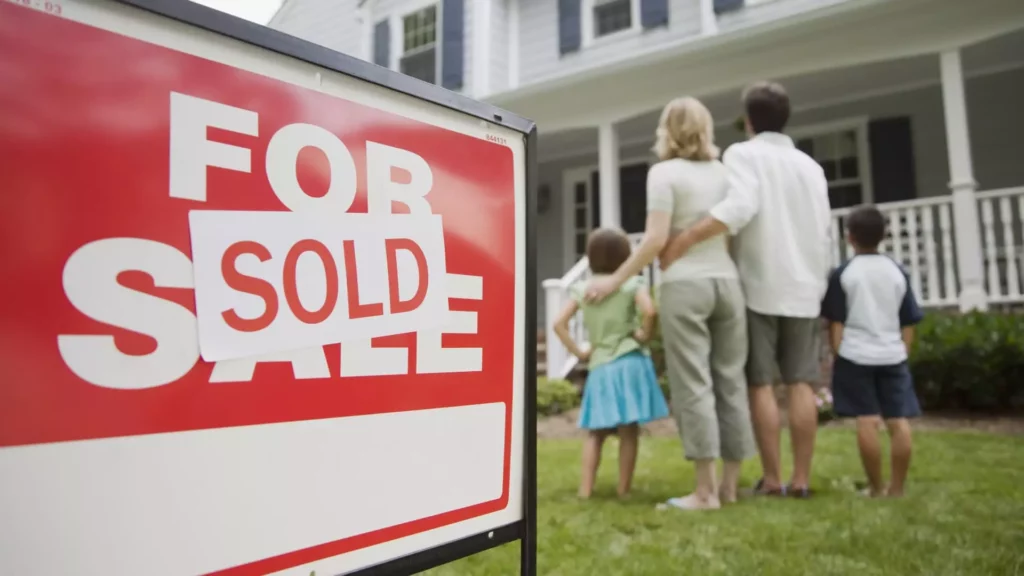![]()
Home buyers are shelling out more money to purchase a home, but the standard down payment is still significantly lower than what many might assume. In the first quarter of 2024, the average down payment stood at 13.6%, with a median amount of $26,000 according to a recent Realtor.com report. These numbers represent an increase compared to the previous year, yet they are lower than the peak recorded in the third quarter of 2023, where the average down payment hit 14.7% or a median of $30,400. Despite these elevated levels, the average down payment remains well below the perceived 20% benchmark that many associate with home buying.
While aiming for a 20% down payment has its merits, experts argue that it is not a necessity when purchasing a home. There are several motivations behind the push for a 20% down payment, including avoiding mortgage insurance or reducing monthly payments. However, this is not a strict rule in the realm of real estate. Mark Hamrick, a senior economic analyst at Bankrate.com stated, “But by no means is this essentially the law of the land.” There are several ways to lower your monthly mortgage payment through a higher down payment and borrowing less, but for many households, achieving a larger down payment is a significant challenge due to lack of affordability in the housing market.
Having enough savings to afford a down payment serves as a major obstacle for most home buyers. Nearly 40% of non-homeowners in America attribute their lack of savings as the primary reason for not owning a house, as highlighted by a CNBC Your Money Survey conducted by SurveyMonkey. The escalating home prices further exacerbate this challenge, making a 20% down payment seem unattainable for many. However, experts emphasize that buying a home with less than 20% down payment is entirely feasible and common among buyers. Nationally, the average down payment for a home typically ranges between 10% to 15%, with some states reporting averages well below the 20% mark and even lower than 10%.
Fortunately, there are multiple loans and programs available that help prospective buyers secure homes through reduced down payments. For instance, the Department of Veterans Affairs and U.S. Department of Agriculture offer loan programs that enable qualifying individuals to put down as little as 0%. Additionally, the Federal Housing Association provides loans requiring as little as 3.5% down for eligible borrowers, including first-time buyers, low- and moderate-income buyers, and minority groups. Even with a conventional loan, buyers could potentially make a down payment as low as 3% to 5%, based on their credit score and other factors. Danielle Hale, chief economist at Realtor.com, emphasizes the existence of various options for buyers to explore when determining their down payment capacity.
While a lower down payment can help address affordability challenges, it comes with certain drawbacks. Borrowers opting for a smaller down payment may need to borrow more from their lender, thereby increasing the monthly mortgage cost. Moreover, a reduced down payment could disqualify borrowers from the best interest rates available from lenders. Additionally, borrowers who borrow more than 80% of a home’s value may incur the additional cost of private mortgage insurance (PMI). PMI costs can range from 0.5% to 1.5% of the loan amount annually, depending on factors like credit score and down payment amount. For instance, on a $300,000 loan, PMI premiums could amount to approximately $1,500 to $4,500 per year or $125 to $375 monthly.
In some cases, buyers might opt for a “piggyback mortgage” by securing a second mortgage to fulfill the 20% threshold and bypass the need for mortgage insurance. However, the second loan often carries a higher mortgage rate. It is essential for buyers to carefully weigh the costs associated with smaller down payments and explore all available options before committing to a specific down payment amount.

Leave a Reply